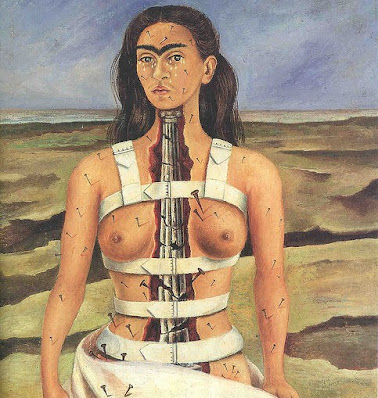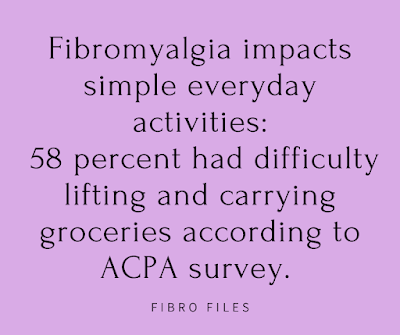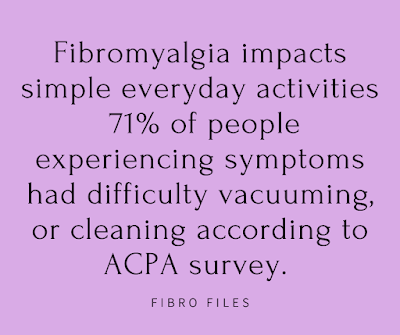Many studies link fibromyalgia and depression. Apparently 30 percent of people have depression at the time of their diagnosis with fibromyalgia. (I don't know how these statistics are arrived at), about 20 to 70 percent of people with fibromyalgia also have depression according to which report you read!
Recently the doctor told me I was depressed, after asking me a series of questions, and then asked if I wanted extra help. I said no as it is just part of the down ride of living in chronic pain. Eventually, or even daily, I do go up again!
I always wonder if depression is part of fibromyalgia, just like the pain, or if depression comes because of the pain.
Signs of depression with chronic pain may include:
- low energy
- difficulty concentrating
- difficulty making decisions
- feeling of hopeless or irritable
- loss of interest in things normally enjoyed
- feeling sad
- worrying or anxious feelings
So what is the link between fibromyalgia and depression?
I am sure there are many theories and here is one of them:
"Ninety-five percent of people with fibro have low thyroid function and 100 percent of them have low adrenal function — and both conditions can cause depression and anxiety." this is according to
Pamela W. Smith, MD, MPH
Vitamin D deficiency, low cortisol levels and sleep problems are also considered contributing factors according to Dr. Smith. She recommends testing to see if a deficiency or another health condition could be bringing depression to the surface in fibromyalgia.
So what are your experiences? Do you think depression is a symptom of fibromyalgia or is it just something we experience because we live with chronic pain and all the other daily symptoms such as grieving for our former active life, inability to do what we use to do, fatigue, brain fog and sleep problems?
RESOURCES:
A.Aguglia, V. Salvi, G. Maina, I. Rossetto, and E. Aguglia, Fibromyalgia syndrome and depressive symptoms: comorbidity and clinical correlates,
Journal of Affective Disorders, 2010
V. Maletic and C. L. Raison, Neurobiology of depression, fibromyalgia and neuropathic pain,
Frontiers in Bioscience, 2009


















.png)












